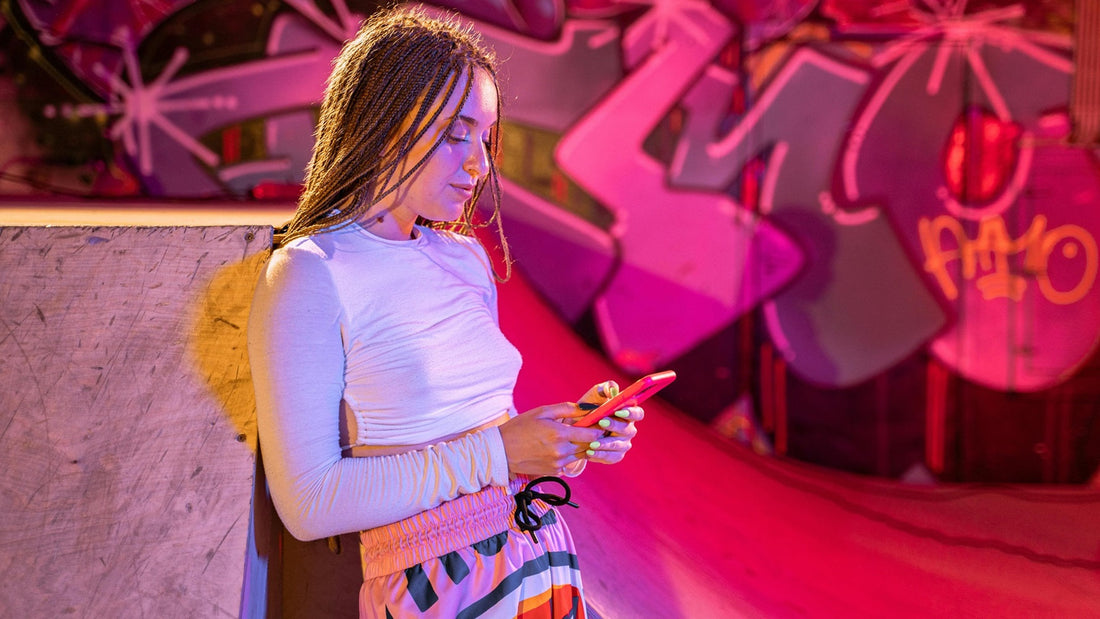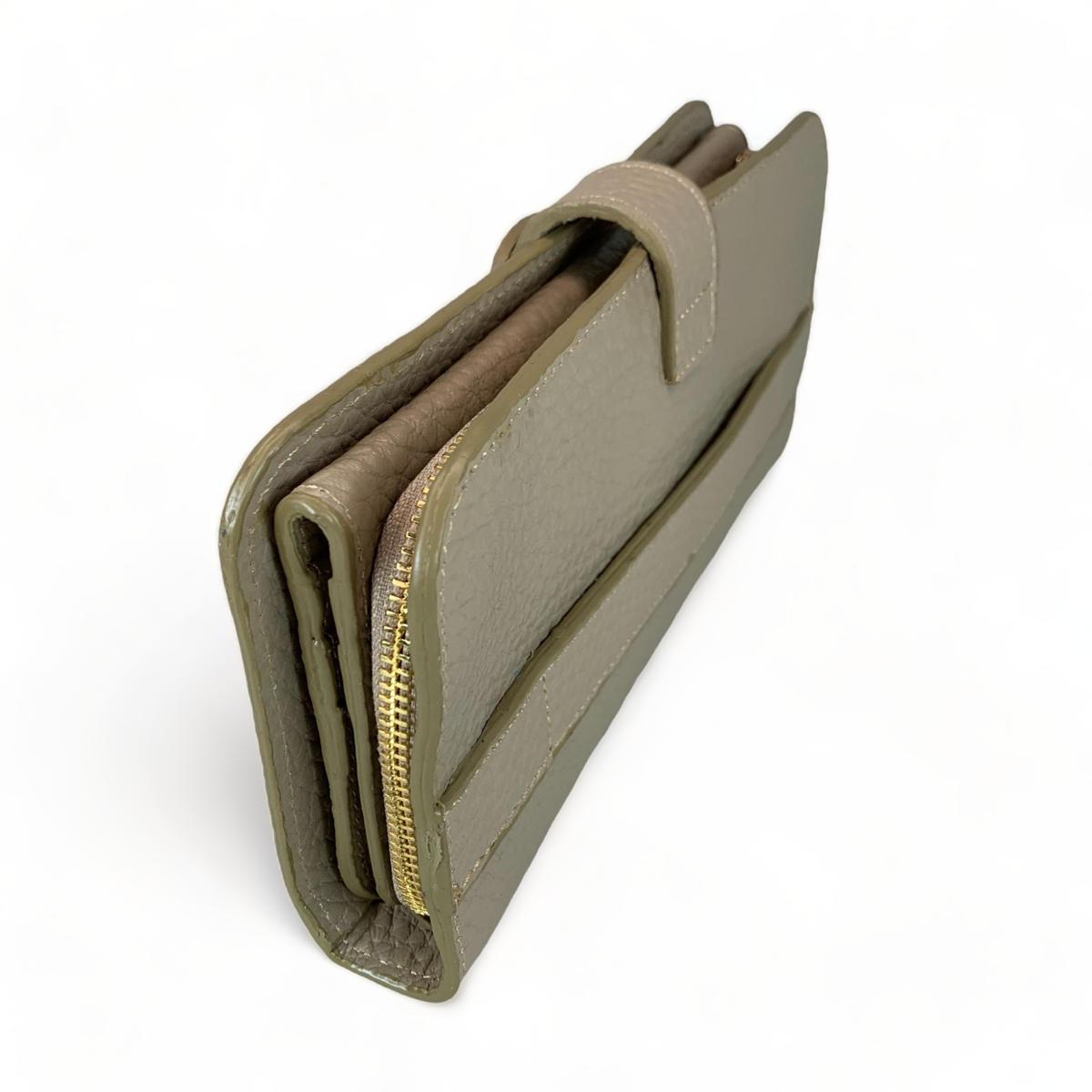
How Streetwear Took Over the Fashion World (and How to Style It with Leather Bags)
A data-backed, designer-approved guide—from the early days of skate and hip-hop to today’s luxury collabs—plus practical styling formulas and LeatherLuxe picks.
What is streetwear?
Streetwear began as a mash-up of skate, surf, hip-hop, punk, and sportswear, then morphed into a global design language that prizes comfort, self-expression, scarcity drops, and strong community roots. Over time, Japanese street style and American scenes cross-pollinated, shaping the graphic tees, hoodies, sneakers, caps—and yes, bags—we recognise today.
In short: it’s casual wear with cultural credibility, driven by people first and brands second. Today, it ranges from oversized hoodies and technical cargos to tailored denim and sleek leather accessories. That evolution is why streetwear fits so naturally with premium materials like full-grain leather: utility, longevity, and attitude.
From subcultures to catwalks: a short timeline
1980s–1990s: Surf, skate, hip-hop, and DIY graphics
On the West Coast, surfboard shaper Shawn Stüssy stencilled his signature onto tees and caps; on the East Coast, hip-hop’s baggy silhouettes and logo love met skate culture’s loose denim and rugged sneakers. Japanese street style (think Ura-Harajuku) and figures like Nigo further globalised the look. These early years established the pillars: limited runs, graphic identity, and community-driven cool.
2000s: Forums, blogs, and sneaker culture go mainstream
Message boards and early blogs incubated drop culture. Sneaker releases taught customers to queue, raffle, and resell. Brands like Supreme, BAPE, and Stüssy went from cult to worldwide recognition as the internet accelerated influence and scarcity.
2010s: Streetwear x Luxury
Two moments crystallised the shift: the 2017 Louis Vuitton × Supreme capsule (with pop-ups drawing hours-long queues) and Virgil Abloh’s 2018 appointment to Louis Vuitton menswear, signalling luxury’s full embrace of streetwear codes. Tailoring met hoodies; couture workshops met sneakers. Drop energy jumped from street to runway.
2020s: Reset, refine, re-mix
Post-pandemic comfort stayed, but silhouettes diversified: slouch next to sharp, logo next to minimal, tech fabrics with leather grain. A new balance emerged—less hype for hype’s sake, more craft, upcycling, community, and pieces that last. That’s where a well-made leather bag—structured or soft—elevates the uniform.
The luxury-collab era: when ‘drop culture’ met couture
Collaborations became a language: a limited run tells a story in 3D. Highlights include Louis Vuitton × Supreme (2017), which pulled street queues to luxury doors worldwide, and Dior × Jordan (2020), bridging Italian leather craft with hoops heritage in highly limited numbers. These moments were more than hype; they reframed what luxury can look like—hoodies with artisanal finishing, sneakers with atelier lineage, and accessories that travel between runway and street.
Meanwhile, talent movement cemented the crossover: Virgil Abloh’s tenure reset LV menswear’s relationship with youth culture; after his passing, Pharrell Williams stepped in, continuing the blend of pop-culture, craft, and street sensibility. The result isn’t “streetwear versus luxury,” but one continuum with quality, storytelling, and culture at the centre.
Streetwear now: the 2020s reset
Industry reports show a tougher macro picture, but the culture remains vibrant and evolving. Execs are more cautious, yet consumers still want pieces with identity and longevity. The big shift: “grown-up streetwear”—refined fits, better fabrics, and accessories that earn their keep. That’s where premium leather bags shine: durable, seasonless, and surprisingly versatile with sneakers or boots.
There’s also debate about “the death of streetwear.” It’s more accurate to say the category keeps molting—trading maximal logos for refined craft in many closets, but retaining drop energy in others. Independent labels (like London’s community-driven street brands) show that authenticity and scarcity still matter—just with more nuance.
Anatomy of a streetwear look
- Top: hoodie, graphic tee, boxy knit, cropped bomber, or roomy blazer.
- Bottom: straight or wide denim, cargo trousers, track pants, or a tennis skirt with bike shorts.
- Shoes: retro runners, court sneakers, chunky boots, or ballet flats for contrast.
- Accessories: cap/beanie, sunglasses, and a leather bag to anchor the look.
Pro tip: If the outfit is slouchy up top, choose a structured bag to sharpen the silhouette. If the outfit is tailored, try a softer or textured leather to keep it effortless.
Why leather bags belong in streetwear (and how to pick one)
Streetwear rewards proportion play. A compact crossbody cuts through oversized layers; a medium barrel bag balances wide jeans; a textured shoulder bag adds dimension next to smooth nylon. Leather carries everyday weight better than canvas alone, and ages with character.

Size & silhouette: If your jacket is oversized, a compact bag keeps proportions in check. If you wear straighter, longer coats, a medium shoulder or barrel bag fills negative space without feeling bulky.
Texture: Croc-embossed and pebbled grains add depth to flat tees and sweats. Smooth full-grain reads minimal and luxe against graphic tops.
Straps: Adjustable crossbody straps let you switch from high chest carry (very street) to low hip (more classic) in seconds. Detachable options = two looks, one bag.


9 easy streetwear style formulas (with LeatherLuxe)
1) Hoodie + wide denim + retro runners + Beige Barrel Bag
Balance slouchy volume with compact structure. Wear the strap high and slightly forward of the shoulder for a modern, utilitarian stance.
2) Boxy tee + pleated tennis skirt + crew socks + low-tops + Red Croc-Style Shoulder Bag
Y2K energy meets grown-up texture. The croc emboss adds polish so the look reads confident, not costume.
3) Cropped bomber + straight cargos + trail sneakers + Leather Satchel
Tech and heritage together. A satchel with a structured flap gives instant shape to nylon layers.
4) Oversized blazer + ribbed tank + loose jeans + mules + Cream Clutch
Casual tailoring made easy. The clutch’s clean lines keep it chic from daytime café runs to date night.
5) Half-zip knit + track pants + court sneakers + Barrel Bag
Monochrome everything; let the leather grain provide the visual interest.
6) Denim-on-denim + boots + Red Croc-Style Bag
A single bold accessory is enough. Keep jewellery minimal; let the bag do the talking.
7) Graphic sweatshirt + leggings + chunky runners + Satchel
Weekend errands uniform. Crossbody the satchel for a secure, hands-free carry.
8) Shearling/aviator jacket + straight jeans + Chelsea boots + Barrel Bag
Mix textures (shearling, denim, leather) for depth. Keep colours warm: cream, beige, tobacco, oxblood.
9) Tennis sweater + pleated trousers + Sambas + Cream Clutch
Prep goes street. The clutch’s minimal silhouette aligns with cleaner lines and slimmer knits.
Quality checklist: buy smarter, wear longer
- Leather: Full-grain or top-grain ages best. Pebbled and croc-embossed hide scuffs beautifully.
- Structure: Look for reinforcement at stress points (strap joins, D-rings, base corners).
- Zips & hardware: Smooth teeth, secure pulls, and metal hardware that doesn’t chip.
- Lining & pockets: Phone slot, zip pocket, and a main compartment that fits your daily kit.
- Strap range: Adjustable 110–135 cm is ideal to go shoulder or crossbody over bulky layers.
Care & longevity tips
- Wipe down weekly with a soft dry cloth; spot-clean with slightly damp cloth (no soaking).
- Condition every 3–4 months (sparingly) to prevent drying; always test a hidden area first.
- Keep the bag stuffed when not in use to retain shape; store in a breathable dust bag away from direct sun.
- Rotate straps/buckles to avoid permanent creases at a single adjustment hole.
- For croc-embossed finishes, use a horsehair brush to lift dust from grooves before conditioning.
What’s next for streetwear?
Expect fewer mindless drops and more thoughtful releases, better materials, and brand communities that feel local—even when global. Sneakers and leather will continue to cross-pollinate, but we’ll see more refined takes: tailored hoodies, roomier trousers with clean lines, and accessories that work seven days a week.
For LeatherLuxe, that means versatile silhouettes that can go from hoodie-and-denim to blazer-and-loafers without skipping a beat. If your wardrobe has matured but you still love street energy, you’re right on trend.
Ready to elevate your rotation?
Shop LeatherLuxe best-sellers designed for everyday wear—and built to last.
Quick FAQ
Is streetwear “over”? Not really—it’s evolving. We’re seeing more emphasis on quality, craft, and versatile silhouettes rather than just logos or hype.
Can I wear a leather bag with sweats? Absolutely. The contrast of premium leather with fleece or technical fabrics is the modern look.
Crossbody or shoulder? Crossbody for hands-free, high carry; shoulder for a sleeker profile. Most LeatherLuxe straps give you both.
